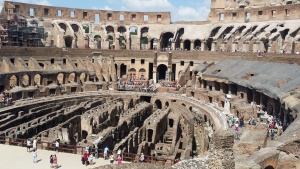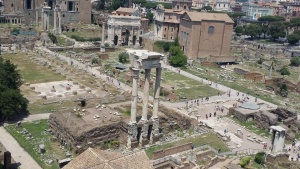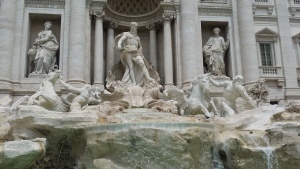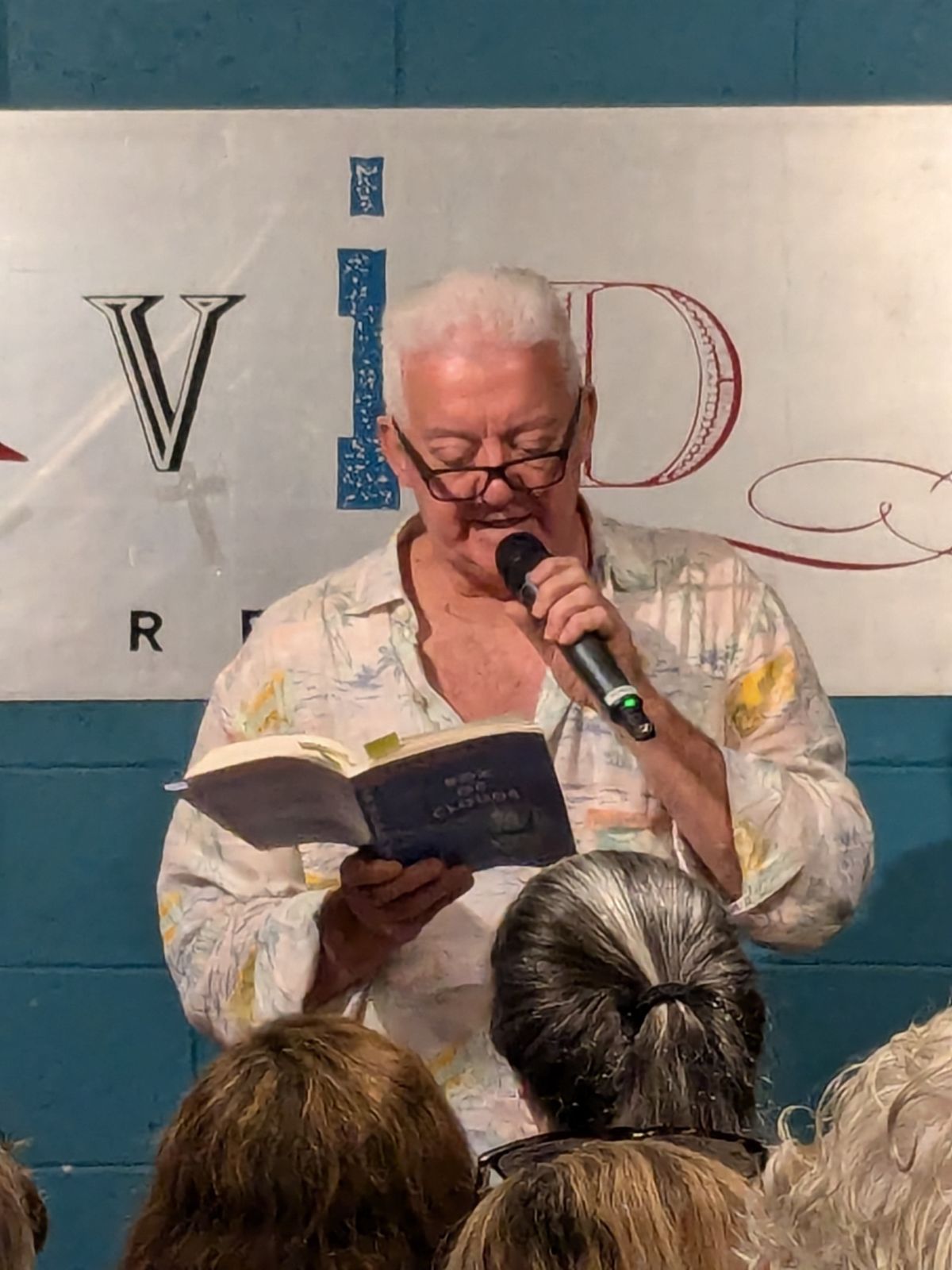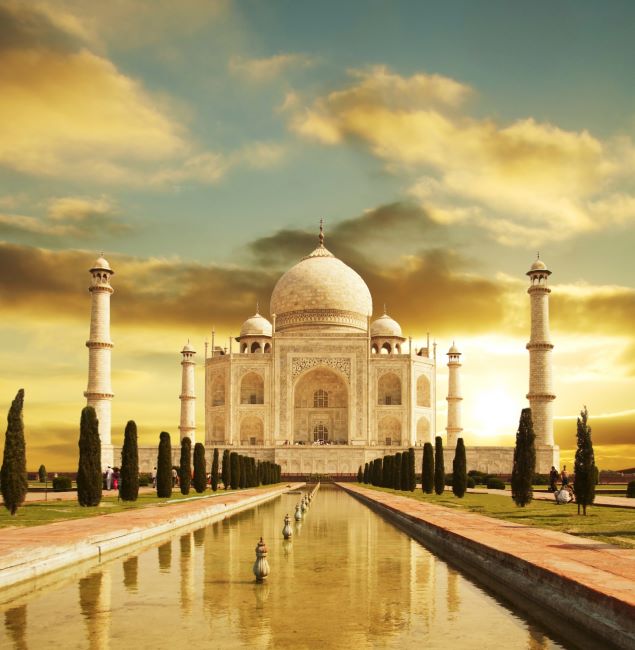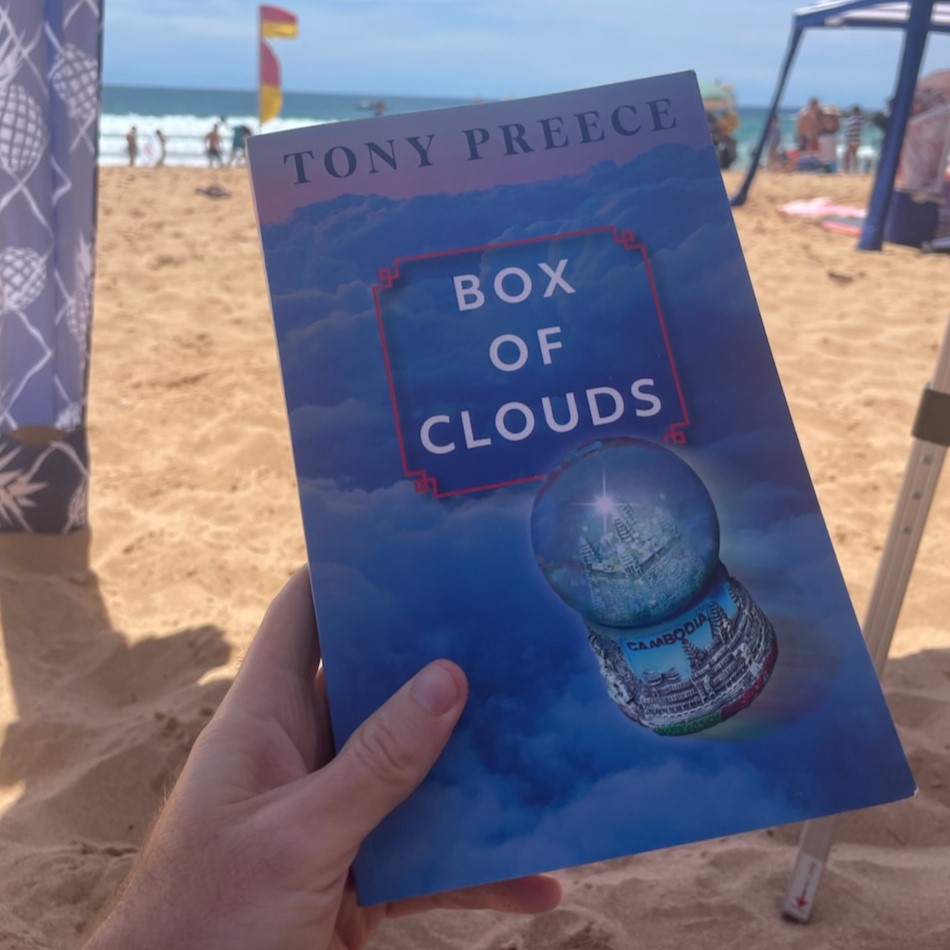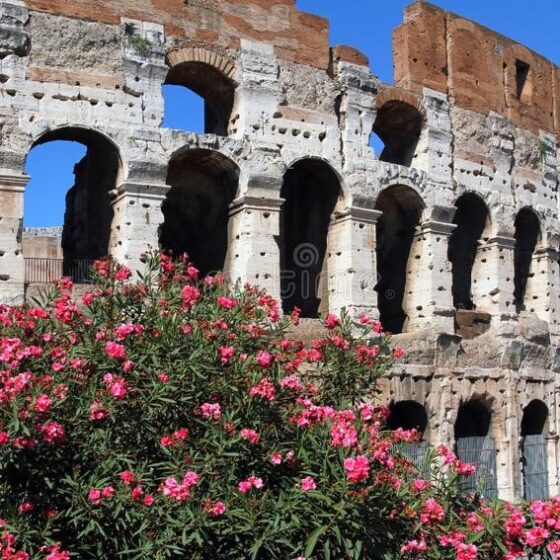
Streets of Poison
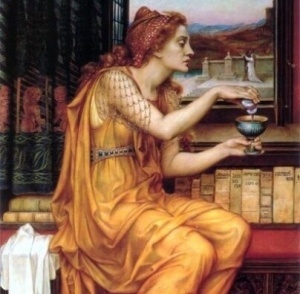 Shadowing the high stone walls Locusta gathers in the woollen folds of her cape, the hood she pulls forward to better shield her auburn hair and fair skin from detection. Averting her gaze to avoid contact knowing with any utterance her Gallic accent will deceive her identity she lowers her head eyes flashing left and right, sharp as the dagger concealed within her robes. She grips the wolf bone handle withdrawing the blade from its leather sheath. Thin and razor sharp the blade is used for dicing, chopping, piercing, and dissecting. Rome, 54AD, is a dangerous city.
Shadowing the high stone walls Locusta gathers in the woollen folds of her cape, the hood she pulls forward to better shield her auburn hair and fair skin from detection. Averting her gaze to avoid contact knowing with any utterance her Gallic accent will deceive her identity she lowers her head eyes flashing left and right, sharp as the dagger concealed within her robes. She grips the wolf bone handle withdrawing the blade from its leather sheath. Thin and razor sharp the blade is used for dicing, chopping, piercing, and dissecting. Rome, 54AD, is a dangerous city.
Beneath the cape Locusta wears a harness over her tunic. Interwoven lightweight webbed straps, woven fibres, and plaited leather thongs she can attach and carry appurtenances essential to her trade. As day breaks she will harvest leaves, fleshy stems, and buds from the abundantly flowering rosebay, commonly known as oleander, lining the streets of Rome. Locusta knows rosebay as one of the most poisonous plants, perfect for her use. Smelling the perfume in the air her step quickens, beckoning dawn she smiles stopping before the rows of oleanders. “Behold,” she whispers to the sun’s first rays, “Streets of poison.”
Locusta has plied her trade enough to know the danger she faces, she works the dagger quickly, precisely removing only the necessary parts of the tree for her needs. Leaves in pairs, leathery, elliptic. Clusters of funnel-shaped flowers, fragrant, and colours pink to red. The toxic components which she will extract from the plant are two potent cardiac glycosides; oleanderin and neriine. Symptoms from oleander poisoning are cardiac and gastrointestinal and appear after ingestion bringing excruciating body pains, flaccid bowels, vomiting blood and stomach contents, searing head pain. Death delivers relief. In elite Roman society she is in equal measure admired and feared, people only dare whisper her name – “Locusta, the poisoner.”
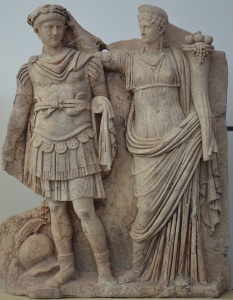 In this line of work having a patron guarantees a measure of security and protection and Locusta was under the wing of one of the cities most prominent woman. Agrippina the Younger, fourth and current wife of Emperor Claudius was ruthless, ambitious, violent, and domineering with direct lineage to the Julio- Claudian dynasty. Reputedly a beauty, she had a double canine in her upper right jaw, a sign of good fortune. She would certainly need all the good fortune she could muster. As a key figure in succession intrigues she managed affairs of state secretly through her powerful political ties. Bored by her husband, the Emperor, she conspired with Locusta to murder Claudius to place Nero, her son from a previous marriage, on the throne.
In this line of work having a patron guarantees a measure of security and protection and Locusta was under the wing of one of the cities most prominent woman. Agrippina the Younger, fourth and current wife of Emperor Claudius was ruthless, ambitious, violent, and domineering with direct lineage to the Julio- Claudian dynasty. Reputedly a beauty, she had a double canine in her upper right jaw, a sign of good fortune. She would certainly need all the good fortune she could muster. As a key figure in succession intrigues she managed affairs of state secretly through her powerful political ties. Bored by her husband, the Emperor, she conspired with Locusta to murder Claudius to place Nero, her son from a previous marriage, on the throne.
Poisoning carried out at the dinner table was not unheard of or uncommon, cursing the pregustator (food taster) and cupbearer (drinks waiter and taster) as the job with the worst long-term employment prospects in Rome. The Emperor proved a challenging mark having his slave Halotus his taster. Claudius also had a habit of tickling his throat with a feather to induce vomiting to enable his continued indulgence in feasting. This proved the opportunity for assassination. The feather, dipped in Locusta’s poisonous draught, provided a grotesque after-dinner spectacle, death by his own hand.
Agrippina was put to death. Nero ascended to emperor. Locusta imprisoned. The following year still in jail Nero called Locusta to concoct a poison to murder Claudius’ son Britannicus. The poison was slow to work and Nero flogged her threatening immediate execution. From the streets of rosebay, she produced a more lethal potion. Nero rewarded her with a full pardon plus a large country estate, here he sent pupils to learn the craft of poison at her hand.
Rome, 2017AD, walking alone is invigorating. Smelling the perfume in the air my steps quicken, morning sun makes me smile I stop in via Guicciardini facing rows of white rosebay, or as I know them, oleanders. I turn right into via Ruggero Bonghi, sidewalks cascade in pink and cream oleanders. Hard to believe they are deadly poisonous. What I hope will be a short cut through a park via della Domus Aurea before inhaling deeply, charging headlong across an intersection via everything via, onto Piazza del Colloseo. “Behold,” I whisper to the sun’s warming rays, “The Colosseum.” So begins my time in Rome which does not seem at all a dangerous city.
Rome presents as an opulent banquet, a feast for the hungry traveller. It’s easy to feel familiar if you were fed on a diet of big screen ‘sword and sandal’ movies, read any number of novels that drove you through the turbulent history of Caesars, Medici’s, Borgia’s, the mythical Roman gods and the Catholic church, the wars, the conquests, the vanquished, the romances, the plotting and poisoning, the political intrigues, even a glancing blow with art history. This fills libraries and internet search engines the world over. You are now standing in the heart of the Roman Empire after all, you cannot not know about Rome, the Eternal City.
It’s easy to be blasé but step inside the Colosseum and you get the scale of the construction. Quickly gaining perspective you understand how intimidating this arena would be full of citizens cheering for the lion to rip you to shreds, baying for your blood to stain the sand. Magnitude becomes a useful word when acquainting yourself with the size of Rome and the scale of what has become major tourist attractions. The Palatine Hill and Forum home of the Roman Empire, Circus Maximus seated 250,000 Romans for chariot races, Pantheon, Vatican City and Museum (including Michelangelo’s hand painted Sistine Chapel ceiling), St Peter’s Basilica, are all best talked about by the magnitude of the physical structure and the emotional impact of standing next to, and inside them. The Trevi Fountain (one of 1,352 fountains in 4th century Rome) and the Spanish Steps though smaller in stature their magnitude in terms of importance to culture and spectacle cannot be undervalued. Wherever you turn you are swallowed by antiquity.
If you plan to walk the city as I had, Rome is built on seven hills. Not without trepidation I went underground. So, subways? London, Paris, Madrid, Naples I took to like a fearless global citizen. Metropolitana di Roma opened in 1955, a mere baby relative to the above ground surrounds yet at the mouth of my local station, Vittorio Emanuele, I baulked. I felt I was stepping into an abyss to be devoured by the mythological Roman god, Orcus of the underworld. My disposition didn’t improve the deeper the escalators rattled and worsened as the graffiti covered carriages rolled into the station. My exit station was Ottaviano, for the Vatican Museum, a nervous time in a packed carriage, no air-con, wobbly-legged I clung to another rattling escalator and rose from the underworld. At the Museum I was happy to pay extra to jump the “it’s a three hour wait” queue.
I have Coeliac’s Disease which puts gluten (wheat, barley, bran, oats) off the menu. The repercussions from ingestion are along the lines of Emperor Claudius’s after dinner death throes spectacle. And it only takes ten minutes to make itself known. I am in Italy the home of pasta and if you think I am going to leave Rome without having “real” spaghetti you are mistaken. At a restaurant on the piazza shared with the Pantheon I checked all possibilities should things go dreadfully wrong. Secure in the knowledge I could manage a worst-case scenario I took an outdoor table. Time to tempt Fate.
After a bowl of spaghetti plus the accompanying crusty bread roll I crossed my legs and waited. Twenty minutes and all is well. Half an hour passed I ordered from the pizza menu. Over a celebratory cappuccino following the lead set by the busking guitarist I led the cafes outdoor diners in a rousing choral rendition of Bohemian Rhapsody. With the “gluten police” still caught napping I took off to celebrate this win at Villa Borghese gardens. Didn’t exactly skip up the Spanish Steps but made it nonetheless, a quick turn through the Villa Medici (a very spurious family history) and into the gardens and fronted a cautionary note. To enter I must pass through a stand of abundantly flowering oleanders. “Behold,” I cried aloud. “Streets of poison.”




